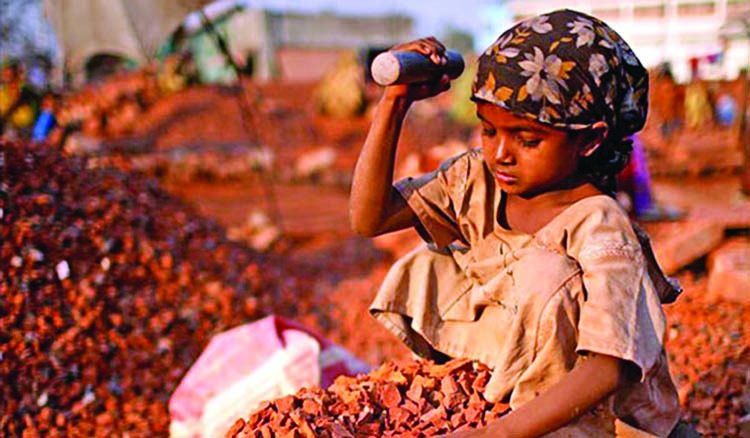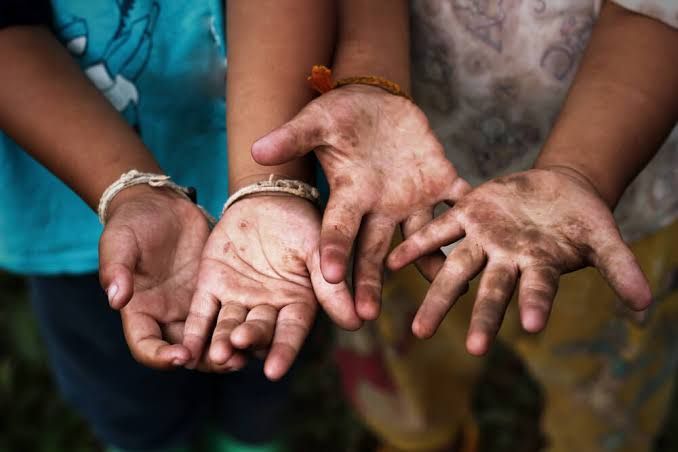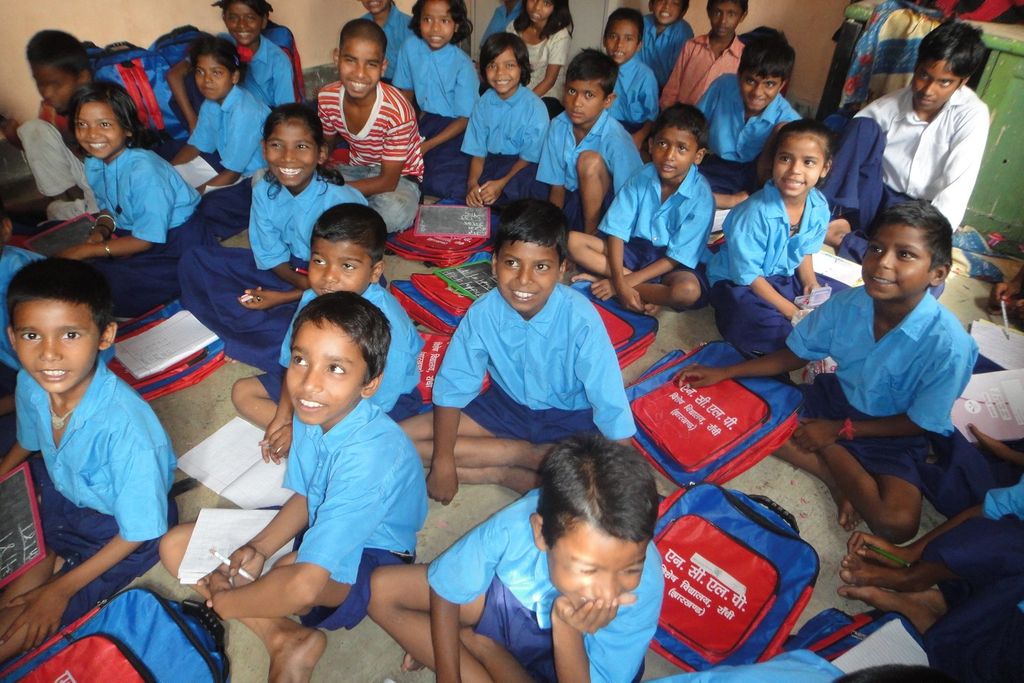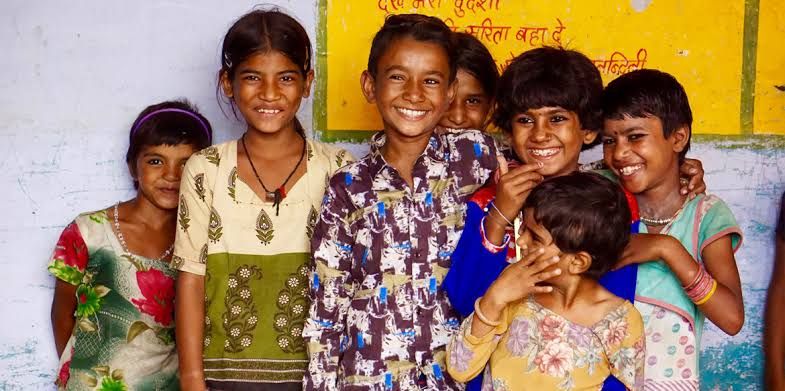Child Labour In India
Jun 04, 2019 • 51 views
A large number of children in India are unaware about the joys and innocence of their lives. Instead of enjoying their childhood and going to school, theyare forcedto work under hazardous conditions. It implies to deprived childhood that ultimatelyleads to exploitation of children in various forms such as mental, physical, social, sexual, etc. Though there are various laws thatare introducedto ban child labour but still children continueto beexploited. It occurs because the authorities are unable toimplementthose lawsin order toprotect children from beinglabourers.

The number of child labourers in India is increasing day by day. Childrenare forcedto work in unregulated and uncomfortable conditions without adequate food, proper wages, and rest. Agriculture is the largest sector where children work from a very early age tocontributeto their family income. In the recent times child labour in India is not only confined to the agricultural sector but the childrenare also engaged into the activities ofbeedimaking, carpet weaving, commercial sexual exploitation, construction, fireworks and matches factories,dhabas, hotels, mines, etc.
Causes of Child Labour:
Various factors such as poverty, lack of social security and the increasing gap between the rich and the poor have adversely affected children. Along with this inability toprovideuniversal education resulted in children dropping out of school and entering the labour force.

Steps taken by Government to eradicate Child Labour:
1. The Universal Declaration of Human Rights that passed in 1948 incorporated the basic human rights and needs of children for proper growth in their younger years.
2. Article 24 of the Constitutionbans engagement ofchildren in factories, mines, and other hazardous works who are below the age of 14
3. Article21Aand Article 45 proposed to impart free and compulsory education to all children between the ages of 6 and 14.
4. The Child Labour Act of 1986,prohibitechildren younger than the age of 14, from being employed as child labour in hazardous occupations.
5. In 2009, India passed the Right of Children to Free and Compulsory Education Act.
6. Recently the Child LabourAmendment Act of 2016 passedby Parliament.

To put an end to the practice of child labour collective effortsare neededon the part of society and the government.
Some steps that we all can take are:
1. Citizen should take a pledge to neveremploychild labourer rather should discourage others from doing so.
2. We should create awareness among the people employing child labourers and among the parents sending their children to work.
3. The government should make some efforts to increase the incomes of parents through various developmental schemes.
4. Mid day mealsshould beemphasized and the homeless childrenshould beprovided housing through theSarvaShikshaAbhiyanboarding schools.

